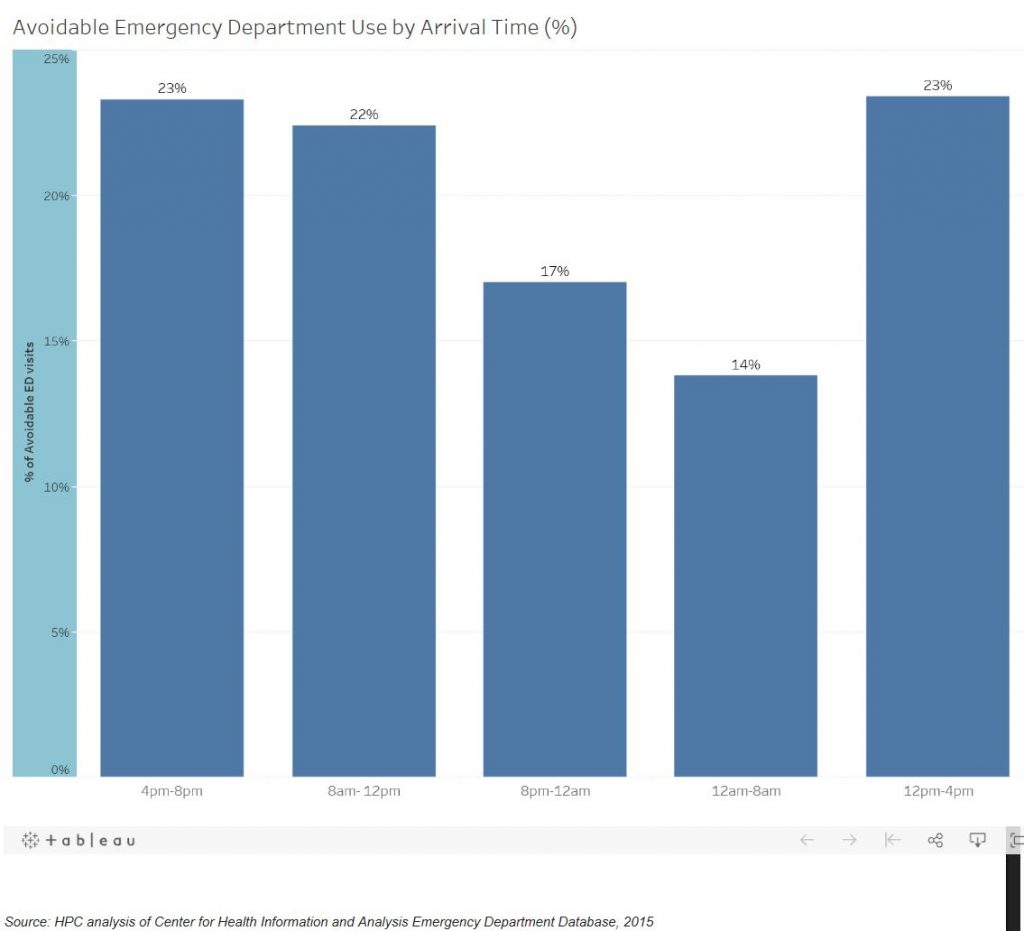What gets prescribed and why: Opioids v. obesity meds
What gets prescribed and why: Opioids v. obesity meds
The U.S. health care system doesn’t always make sense. Sometimes, even when there is some logic to it, the reasons underpinning what gets prescribed by practitioners and covered by insurers are disappointing. Two pieces I read recently provide examples.
In one study, we learn that while primary care physicians are prescribing opioids less often, other specialists and nurse practitioners are prescribing them more often. Ultimately, opioid prescribing remains at a high level, despite known issues with misuse and abuse, and the availability of alternative pain treatments.
At the same time, while 40% of U.S. adults are obese, fewer than 2% of obese patients are offered medications for obesity, and ultimately “only about 1% of eligible patients fill a prescription for a weight loss medication.” Even when weight loss medications are prescribed, it is usually for a specific (fairly short) period of time, explained Dr. Caroline M. Apovian, a Professor of Medicine and Pediatrics, Department of Medicine, Section of Endocrinology at Boston University School of Medicine and the Director of Nutrition and Weight Management, Department of Endocrinology, Diabetes, and Nutrition, at Boston Medical Center, in an opinion piece in Medscape.
This is an example of what we like to call at M2: “what do we pay for and why?” If 40% of the public has a disease, why aren’t treatments prescribed and covered? Several chronic obesity management medications have been approved by the U.S. Food and Drug Administration (FDA) in the past few years, and have proven of efficacy of 5%-10% weight loss, but Dr. Apovian argues that “public perception of obesity as a matter of will power rather than a disease” is a key barrier to lower treatment rates for obesity.
The U.S. health care system doesn’t necessarily pay for what works, or the treatments people need. As with all policy decisions, there is a judgment about who deserves what, and who should pay for it. In the case of treating obesity with a prescription, Dr. Apovian succinctly explains the current policy stance: “If obesity is considered a moral failing, why treat it with a pill or surgery?”
What’s the hold up? Why do physicians not turn more frequently to the known effective treatments for obesity? Well, sometimes it is lack of proper training (discussed in our in April). Physicians have a lot to stay up to date on, and obesity treatments are often not prioritized despite the prevalence of comorbidities. As we discussed in a back in February, improved insurance coverage for proven effective weight loss treatments could help avoid expensive complications from obesity down the road and may improve quality of life. We suggest this is a better way to choose what is covered the current approach.
Pain affects a large number of people in the U.S. as well – more than 100 million adults. Nearly 40 million adults experience the highest levels of pain (category 3 or category 4), and there are more than 25 million adults who report chronic (daily) pain. Further, the Centers for Disease Control and Prevention (CDC) Guideline for Prescribing Opioids for Chronic Pain is clear: “Opioids are not first-line or routine therapy for chronic pain.” Despite this clear recommendation, as the recent study confirms, opioids continue to be frequently prescribed for pain, even though there are less addictive alternatives available. These medications aren’t that expensive so are frequently covered by insurance.
The M2 blog, Coverage Drives Treatment: The Case of Pain explains how insurance companies seem to prefer to cover what is inexpensive, and perhaps less effective, at least when it comes to opioids for pain.
Confounding situations like this are when we understand why an overhaul of the health care system is appealing to some. It would be an incredible opportunity to step back and create a new system that approaches all situations – obesity, pain, everything – from the perspective of longer term effectiveness. Ultimately this would reduce health care system costs overall, as less time (and money) would be spent covering up symptoms of something that is likely to cause greater expense down the road.
But in order to do this, we’d have to face who we think deserves what kind of care. These decisions are baked in to the system we have and rarely discussed. 2019 is around the corner. Should we start this conversation in the new year?


